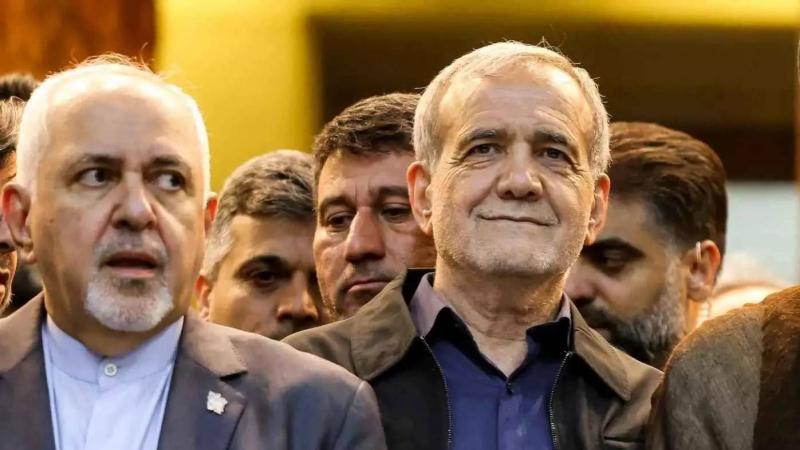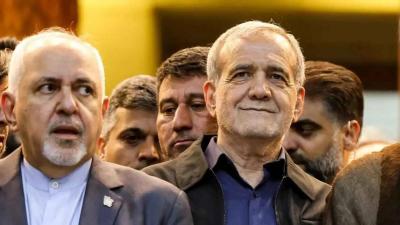Sometimes, the disagreement is about which method is more beneficial for the project, rather than about the project itself. This seems to be the essence of the disagreement between those described as reformists and conservatives in the Iranian system, or the hawks and doves. It is an internal dispute, not an external one. When the "reformist" president Masoud Bezhzikian came to the presidency through elections subjected to strict regulations, he was the "Aristotle" of this reformist president – let’s call him the reformist Alexander, for ease of metaphor! He is Mohammad Javad Zarif, but he entered through the front door and left through the window; he did not last long in his position as deputy president, only for a few days.
A new foreign minister was appointed, replacing Abdollahian, and that is Abbas Araqchi, who comes from the same political, ideological, and institutional educational background as Abdollahian. Both are from the pure Revolutionary Guards school, and the spokesperson for the Iranian Parliament's National Security and Foreign Policy Committee, Ibrahim Rezayi, conveyed some of the discussions that took place between committee members and the candidate for the foreign minister position, Abbas Araqchi. Araqchi confirmed that his worldview is the same as it was when he was a member of the IRGC and that it has not changed, emphasizing: "I am not a member of the New York gang."
What is this New York gang? According to a press report, this term first appeared in the newspaper "Kayhan," which is close to Iranian Supreme Leader Ali Khamenei, years ago. The term refers to Iranians living or studying abroad, many of whom were in America before the Shah's fall or their families were, and then they offered their services to the Khomeini regime, even if "some of them" disagreed with the ideological content of the regime, as they operated out of a nationalist spirit.
Among the most notable successes of this group – with its symbols like Zarif himself – was utilizing lobbying institutions like NIAC and a dangerous Iranian-American figure like Trita Parsi to promote Tehran's interests, opinions, and narratives. The Obama administration perhaps witnessed the greatest penetration from this gang.
So, what distinguishes this group from the likes of Araqchi, Abdollahian, and other Revolutionary Guards "cadres"? According to the previous report, members of this group believe that "Tehran must reach an agreement with the United States at any cost, so that Iran has the upper hand in the Middle East, allowing for the export of the revolution and the expansion of the Iranian regime's strategic depth; thus, a reconciliation with America must first be achieved before turning into a partner."
Therefore, the smiling Zarif group might appear more dangerous from this perspective than the frowning figures like Abdollahian and Araqchi. Ultimately, these are cards that advance and retreat, but all are on the same playing table, governed by the rules of the leader and the Revolutionary Guards—whether they are part of the New York gang or the Tehran and Jamaran gang, smiling or frowning, the important thing is to keep the heart of the regime beating strongly.




